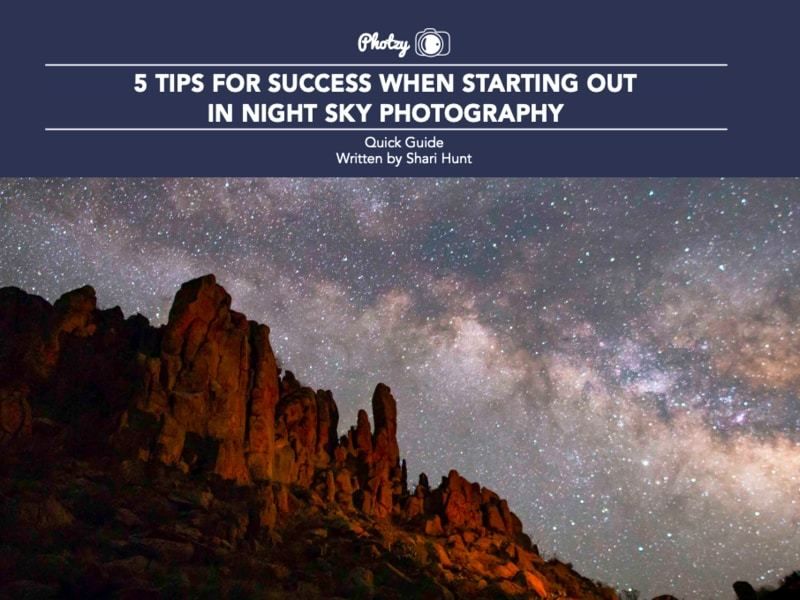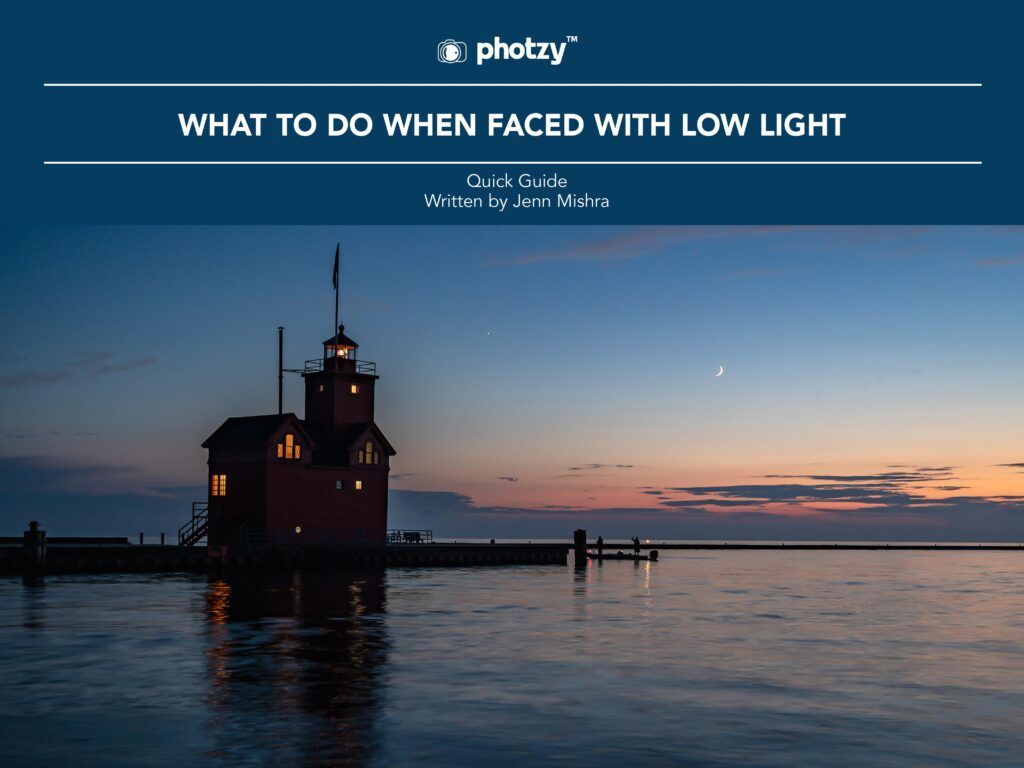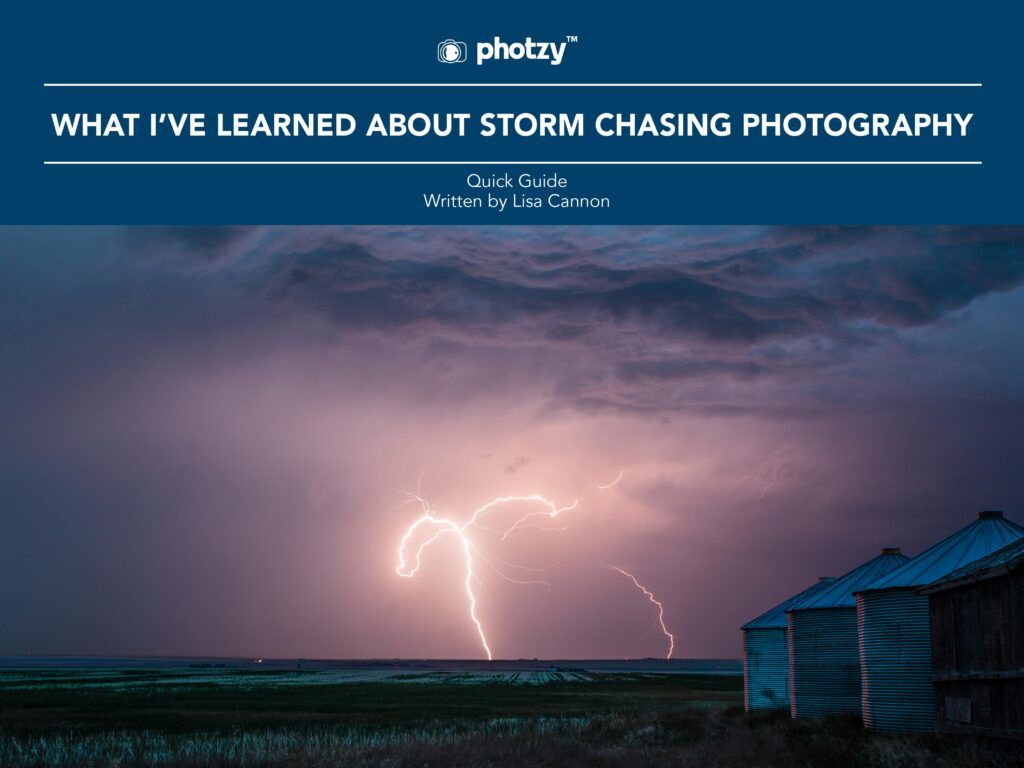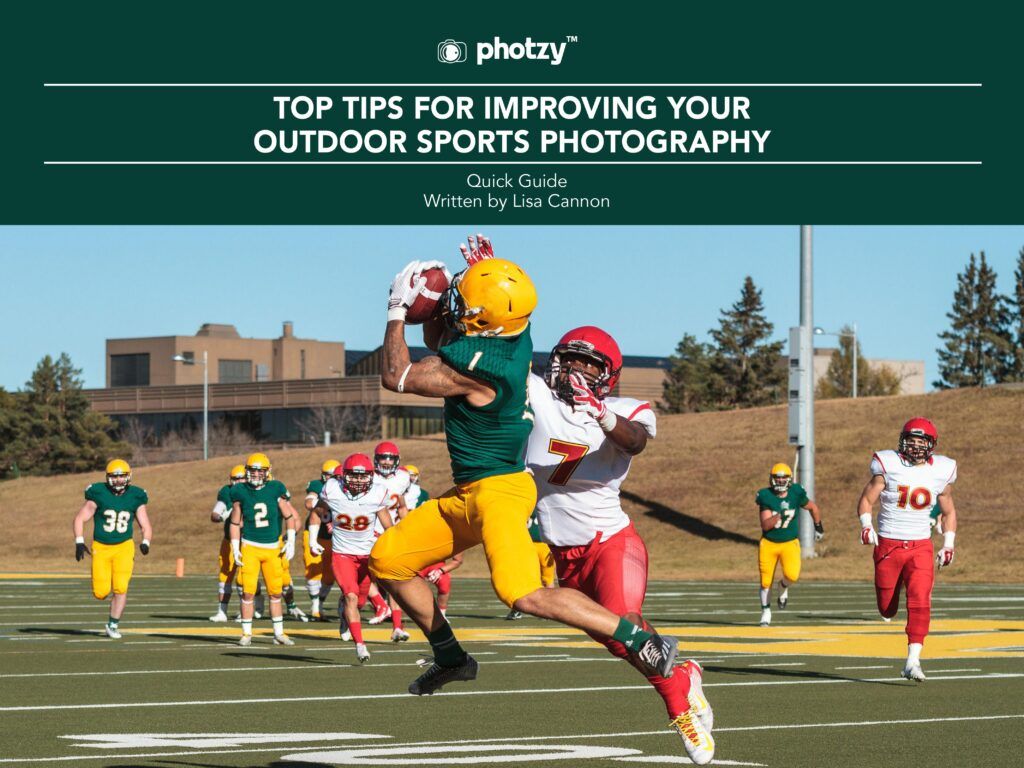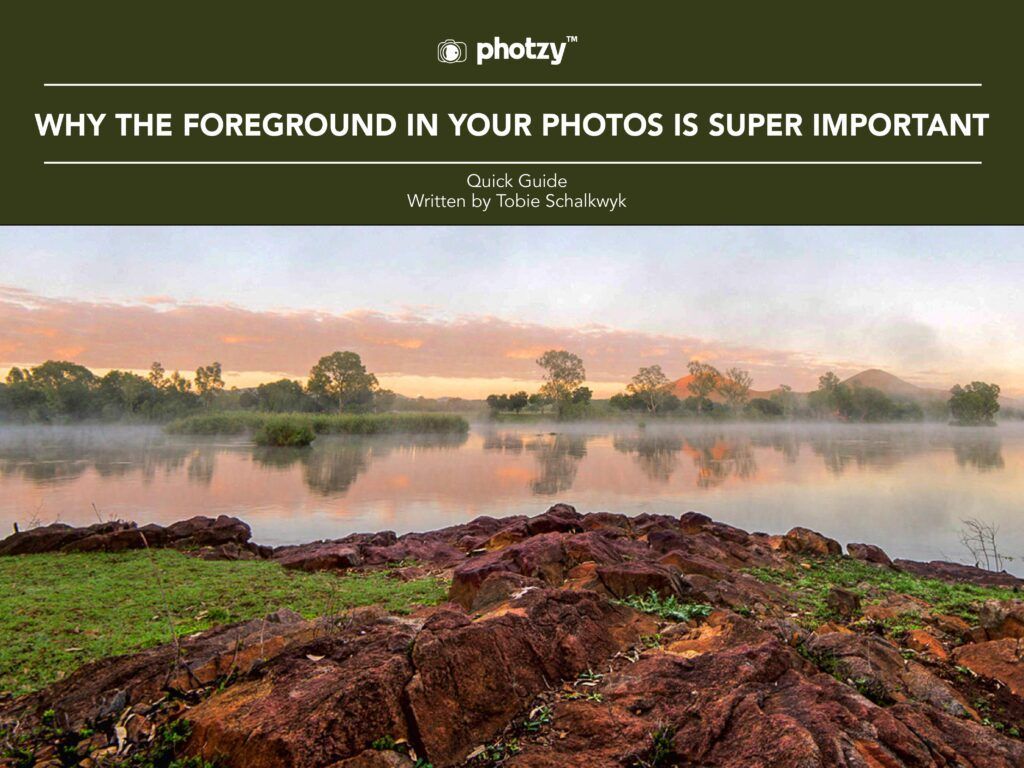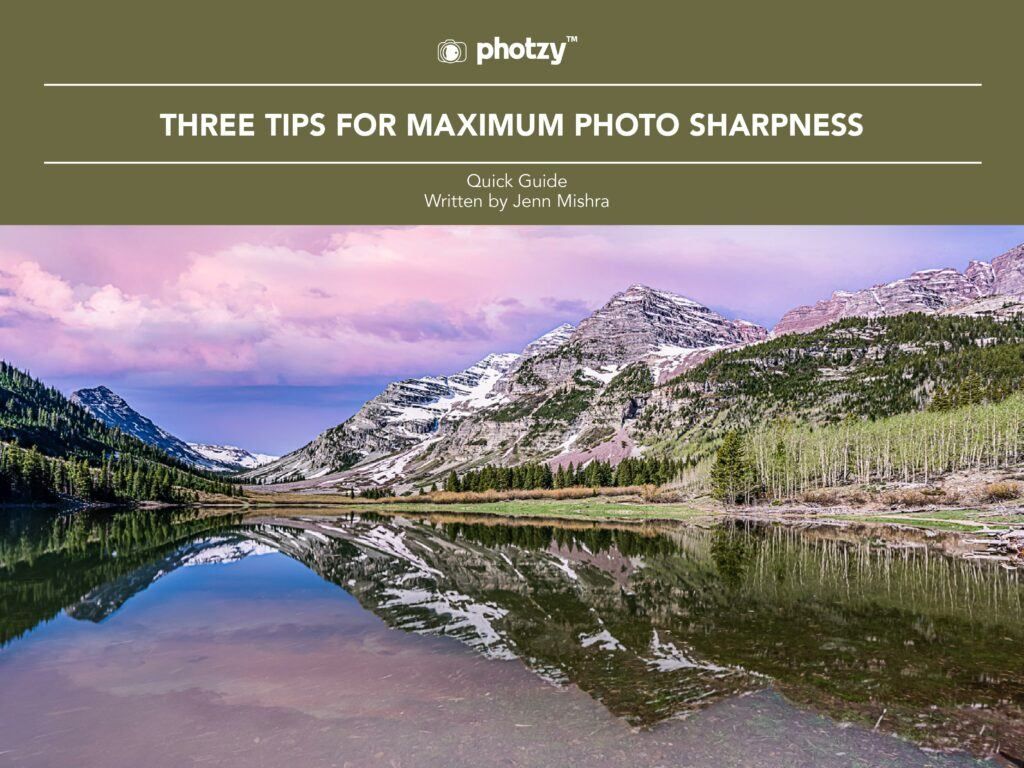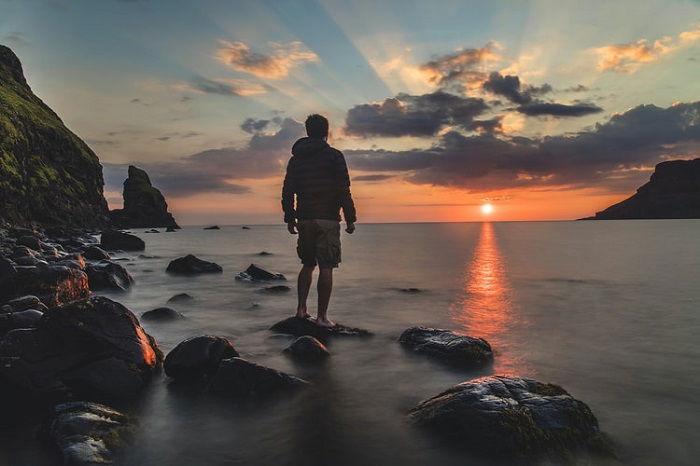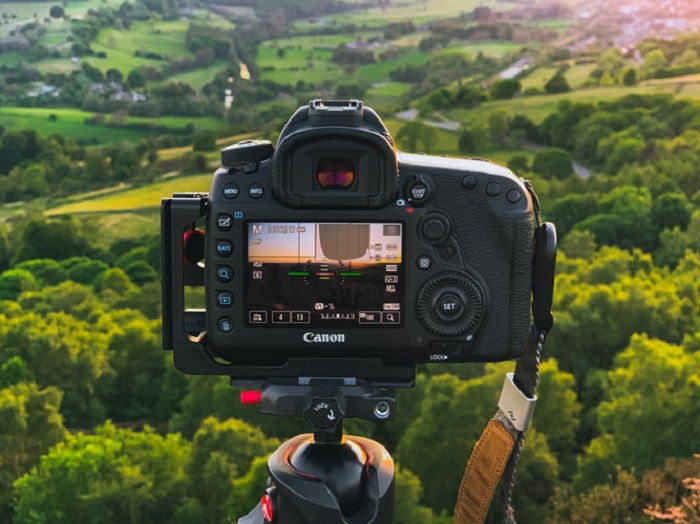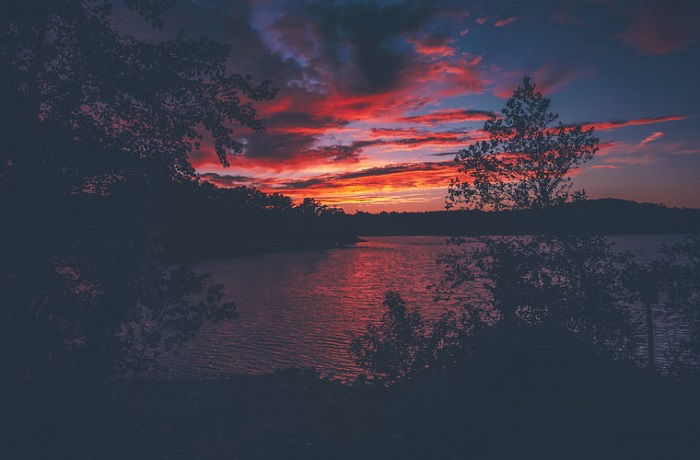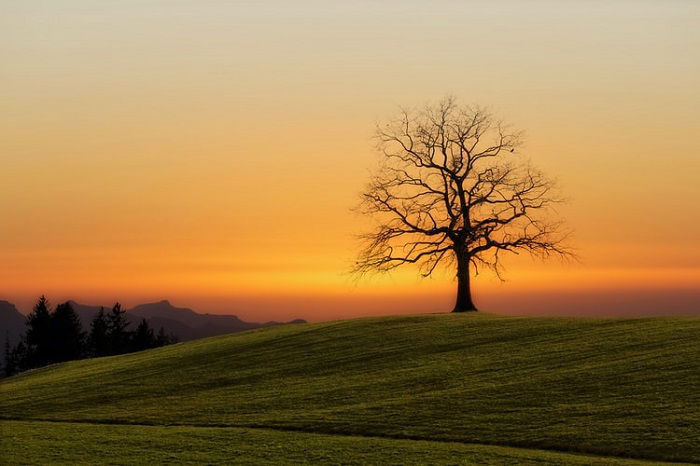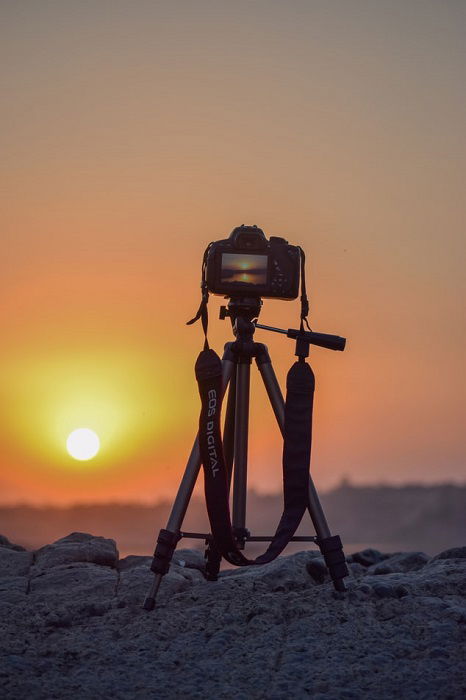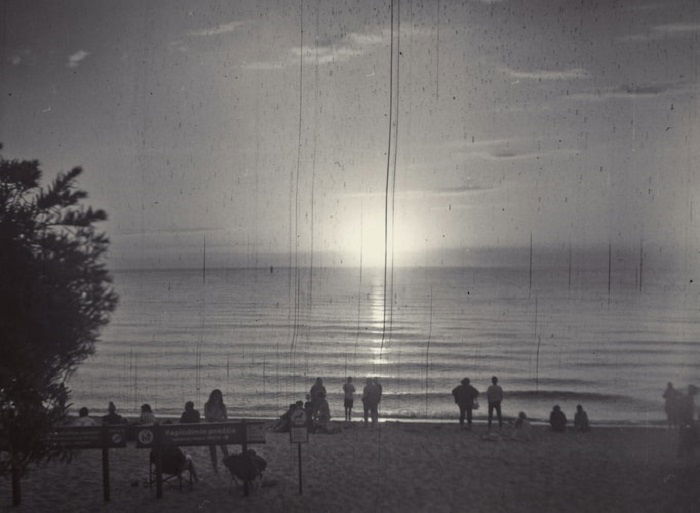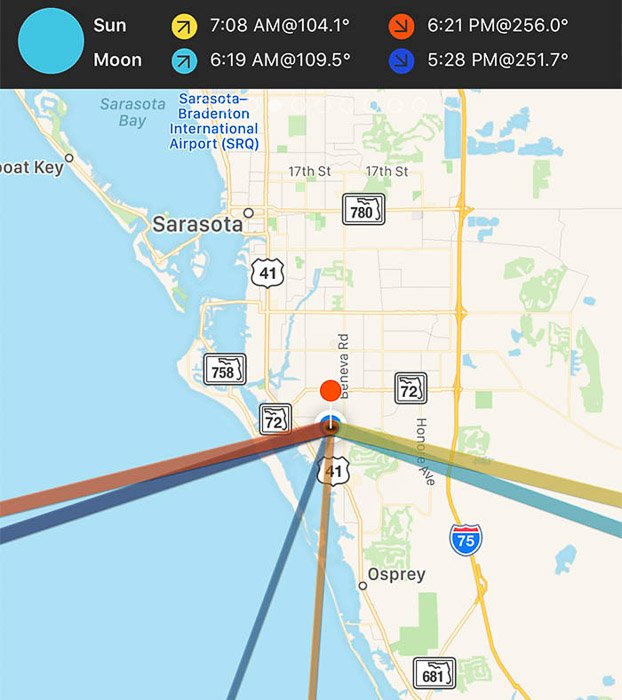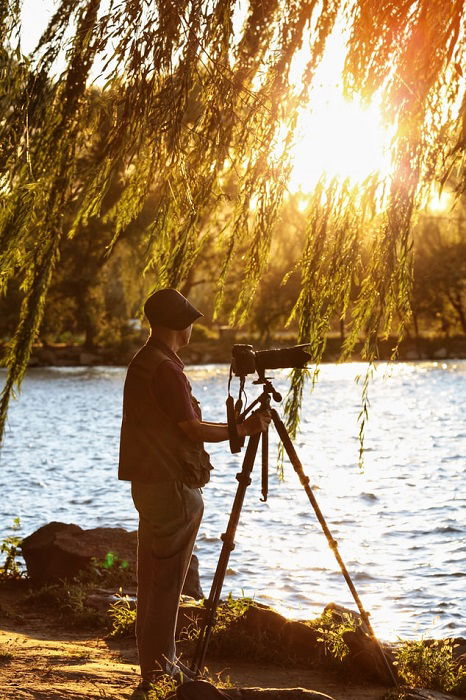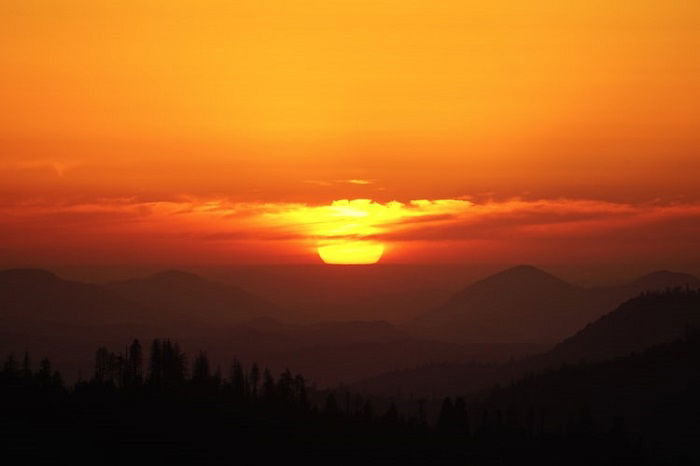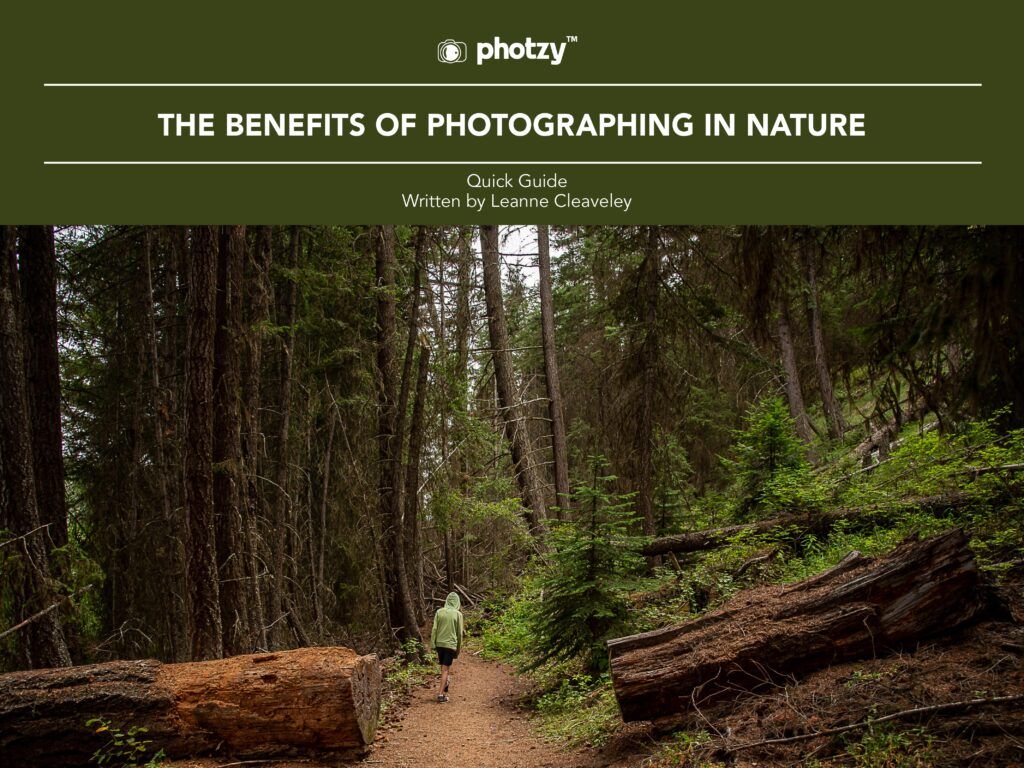10 Cool Vintage Film Cameras for Less Than $100 (Top Picks 2022)
Throughout the history of the camera, there are a few models that gain a special status. Either they house some special feature, an interesting setting range, or simply, have a great shutter sound.
We aren’t talking about the box brownie or the original Leica. Firstly, they wouldn’t cost less than $100. We are looking toward vintage cameras that have cult status, that you can still find today.
Classic Film Cameras
When we think about classic film cameras
we wish we owned, many of us will stare off into the distance. Our eyes
glaze over as we imagine another world where our everyday shooter was a
Leica M6 rangefinder camera.
Unfortunately, the reality is harsh. The camera body alone costs upwards of $1,000.
Although the Leica may remain a pipe dream for years to come, I’m here
with some good news. You can own a huge range of classic film cameras
for less than $100!
Sure, brands such as Leica are famous for their quality and prestige,
but so are many of the cameras on this list. Some of the sharpest images
I’ve ever captured have been on a film camera that cost me less than
$100.
In no particular order, let’s have a look at some of these vintage cameras now.
1. Olympus Pen
I love my Olympus Pen. The thing that makes this vintage camera so
unique is that it’s a half frame camera. That means that each photo only
fills half a frame, so you can fit 72 photos onto a single roll of
film!
It also means that when you hold the camera in landscape orientation, you’re actually taking a portrait photo.
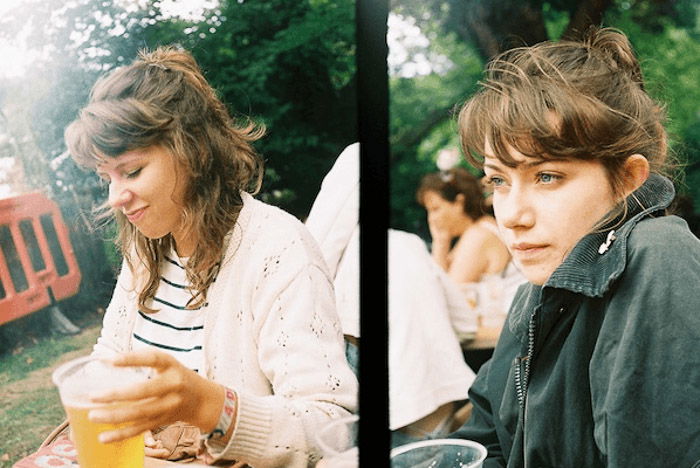
It’s a 35mm camera that was produced from
1959 to the beginning of the 1980s, and it’s named Pen because of its
size. Olympus thought it would be as portable as a pen… which it almost
is!
There’s tons of different models of Pen available, even an SLR camera version, and digital camera versions too.

2. Canon AE-1
The Canon AE-1 was produced by Canon
for nearly 10 years, which sounds a bit absurd when you consider our
throwaway culture these days. But that’s just down to how good, and how
popular this camera was.
This is Canon’s first affordable TTL
(Through The Lens metering) camera, which added autoexposure modes as
well as shutter-speed priority, which we’re all familiar with today.
Because of the low cost, huge advertising campaign, and added features, it became one of the most popular cameras of the time.
It sold over 1 million units! You would expect this from one of the best, vintage cameras. For a Canon film camera, this should be at the top of your list.
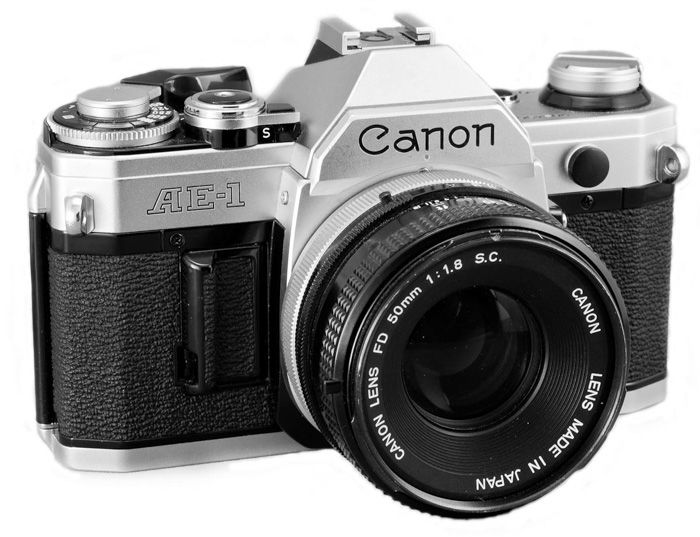
3. Rollei 35
When the Rollei 35 was released in 1966, it was the smallest existing
35mm camera on the market. Even today it remains the second smallest in
compact cameras.
Like many film cameras, they were produced for a very long time so
there’s a wide variety of models on the market. Something you’ll want to
look out for is light leaks, as they can be quite common in older
cameras.
Here’s a photo I took on mine recently:

Something interesting about this is it’s such a compact camera, the fixed lens ‘folds’ into the vintage camera. And the hotshoe is on the bottom as there’s no space on top. Check out this video I made of the one I own:
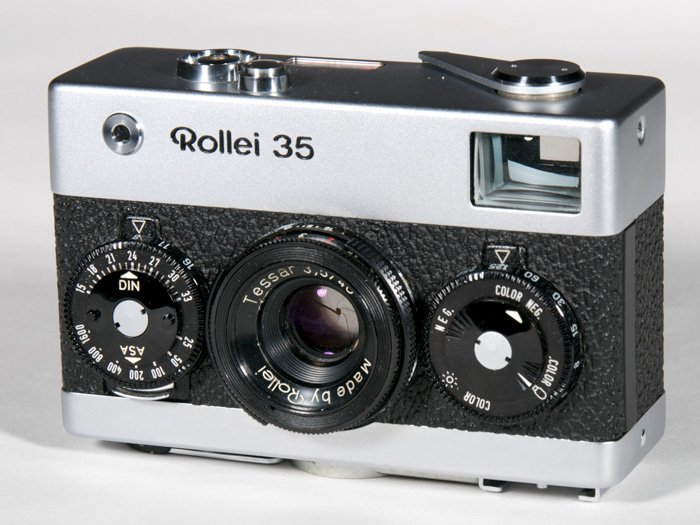
4. Olympus OM-1
When it was released in 1972, the Olympus OM-1 was a change of pace in the SLR world—a smaller, lighter, and quieter 35mm camera among big and bulky peers.
This mechanical camera was Olympus’s conscious step towards making pro-level cameras which were more compact and usable.
Some of the features included were mirror lock-up, a self-timer, a through-the-lens exposure meter, and depth of field preview (via a button on the lens). The slimmed-down design was a hit and the vintage camera is considered a classic today.
These were very popular cameras with students. That’s because they were a great camera to learn on, having just enough features to provide flexibility and control without too many confusing extras.
Plus they were sturdy cameras that lasted for ages. It continued to
be manufactured for 15 years with some variations such as the OM-1MD and
OM-1n being produced over the course of that time.
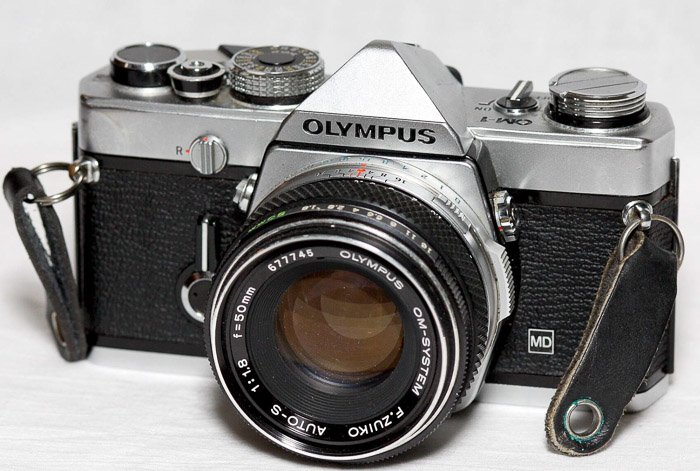
5. Pentax K1000
If you were impressed by the sales of the Canon AE-1, then get a load of this! The K1000’s extraordinary longevity makes it a historically significant camera.
The K1000’s inexpensive simplicity was a great virtue and earned it unrivaled popularity as a basic but sturdy workhorse. And it eventually sold over three million units.
Super easy to get your hands on still, and very well made too. This vintage camera should be at the top of anyone’s list.

6. Nikon F3
Okay, so this one may be stretching the $100 budget ever so slightly, but there’s always bargains to be had on eBay. The Nikon F3 succeeded the Nikon F and the F2. These two models were already famous for extreme ruggedness and durability.
It was a very popular camera, and you’ll still find people shooting with them today. Just like Canon EOS film cameras, the lenses of newer Nikon’s will still fit on these old models’ camera body.
A perfect sought after vintage camera. As far as Nikon film cameras go, you can’t go wrong with the F3.
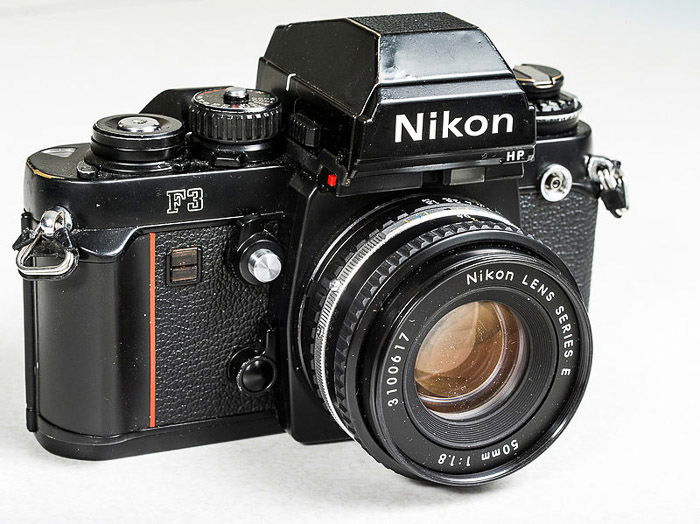
7. Minolta SRT-101
Fun fact for you, Minolta is an acronym
for “Mechanism, Instruments, Optics, and Lenses by Tashima”. This
Japanese brand is one of my favorite vintage camera brands that takes
film.
This is a camera close to my heart, and one that I’ve owned two of.
The first one was dropped and damaged the light meter,
so I replaced it while waiting for it to be repaired. It was first
brought into production in 1966, and was produced for 10 years, with
only very minor changes.
The easy-to-use light meter in the
viewfinder makes exposure very easy, and the pin-sharp lenses make for
some spectacular images. I recommend the 35mm f/1.7.
I honestly can’t recommend this camera enough.
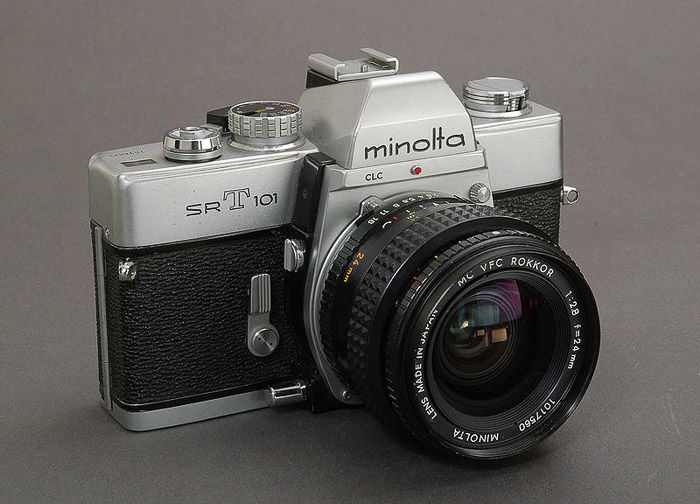
8. Fujica ST801
This camera was the first to have a viewfinder
LED digital data display, instead of the traditional but delicate
galvanometer needle pointer, which made for much easier and more
accurate exposures.
It’s a 35mm SLR with TTL metering.
And as you set aperture or shutter speed, LEDs would glow in one or two of seven positions, indicating whether the exposure was correct or not. A vintage camera that surpasses most. Not bad for under $100.
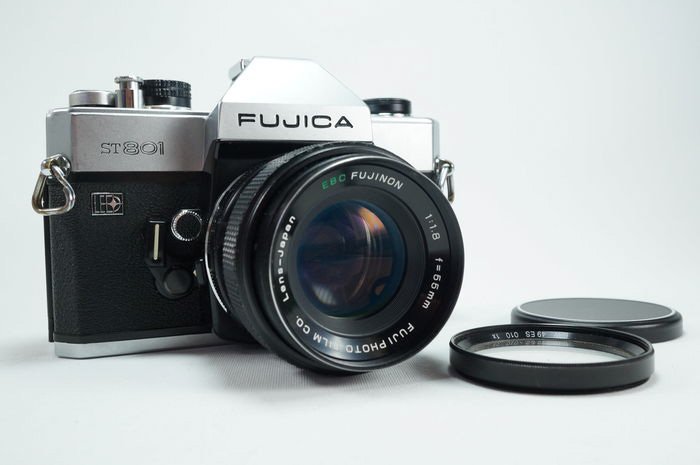
9. Diana
The Diana is a classic cheap toy camera of the 1960s. Made in China, they were very popular in the UK and US. They’re made entirely from plastic, which meant that most were given away as prizes, or sold for nominal sums.
It’s had a revival in recent years and Lomography has made a resurgence especially in street photography. And film photography has become more popular overall.
The Diana’s you’ll see on the market today are likely reproductions, but that’s not necessarily a bad thing. It houses 120 film, which is a little harder to develop. With the newer models you can get 35mm backs, or simply buy a Diana mini instead.
It just goes to show how much fun you can have with a bit of cheap plastic! It still makes a helluva great vintage camera.
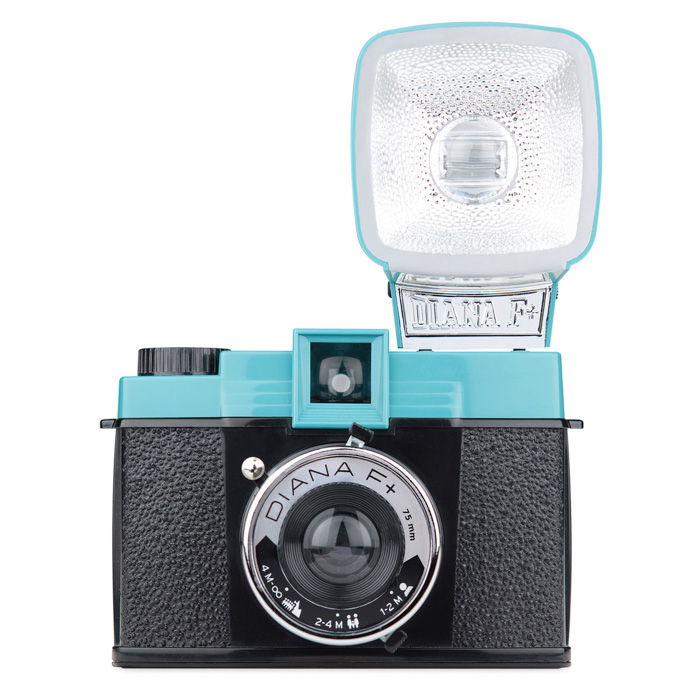
10. Polaroid SX-70
Thanks to The Impossible Project (now Polaroid Originals) film for Polaroid cameras once again being manufactured. You hardly need me to explain what makes Polaroid so special. We all know them for producing hand-shake inducing instant pictures.
What makes the SX-70 so special though is the fact that it folds flat. This is no easy feat for an instant SLR film camera. And well, just look at that vintage camera design!
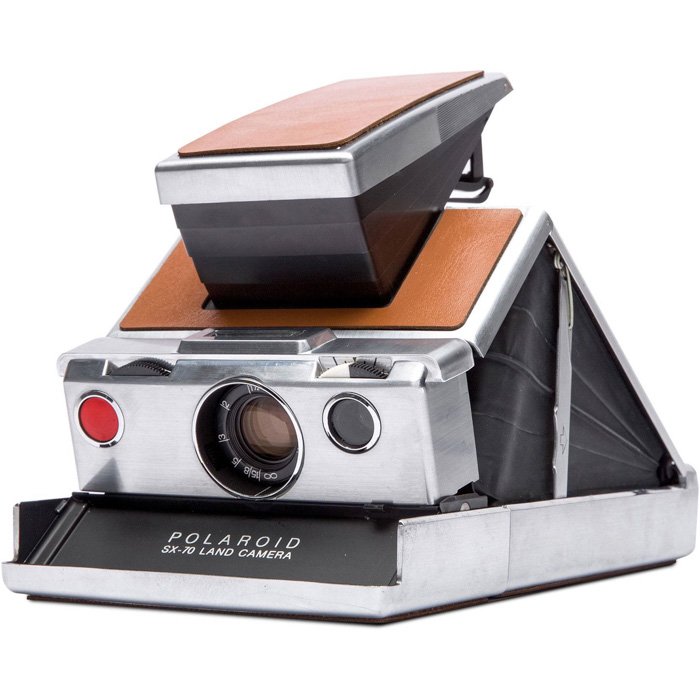
Want to know more about photography?
Photography Books
